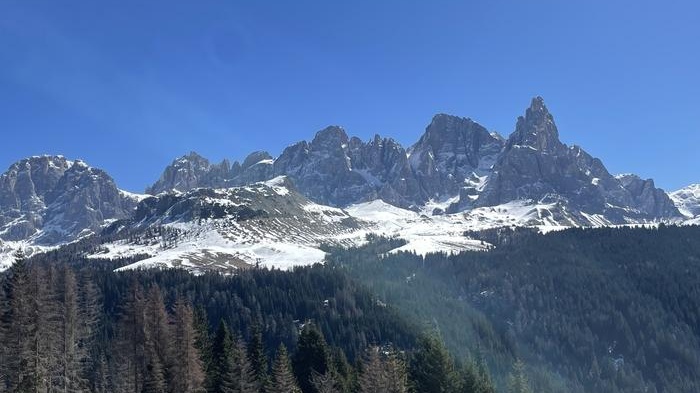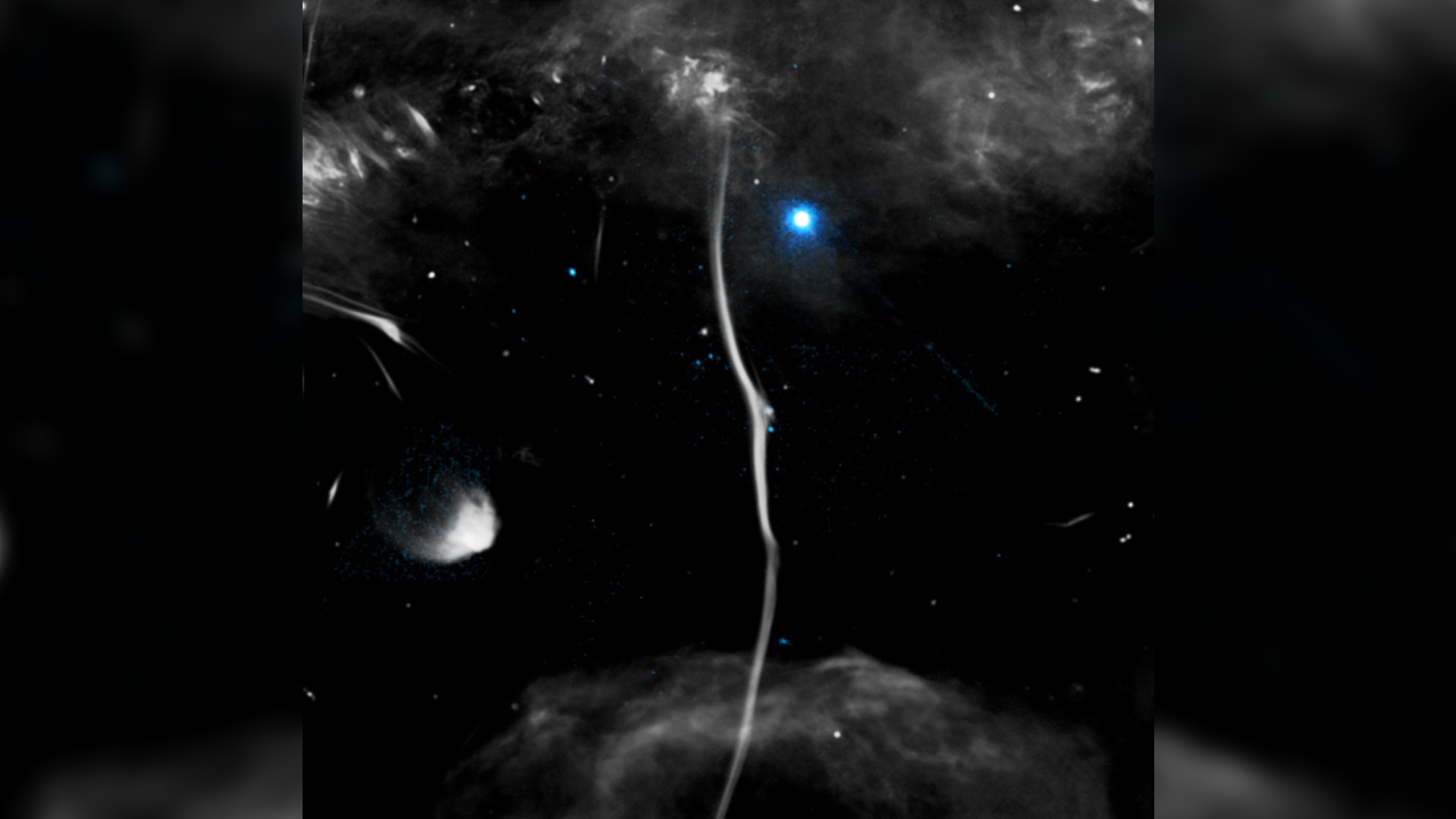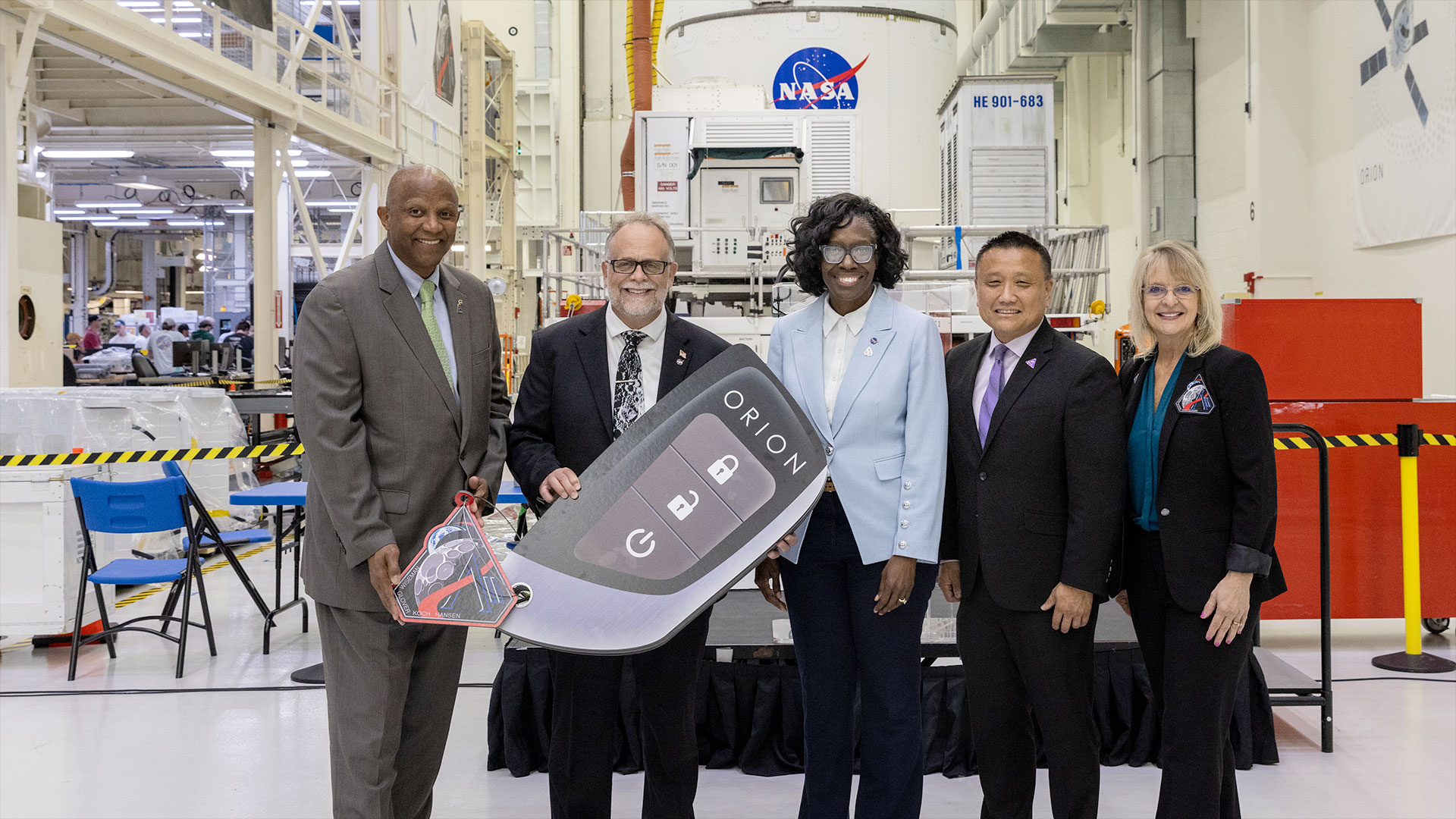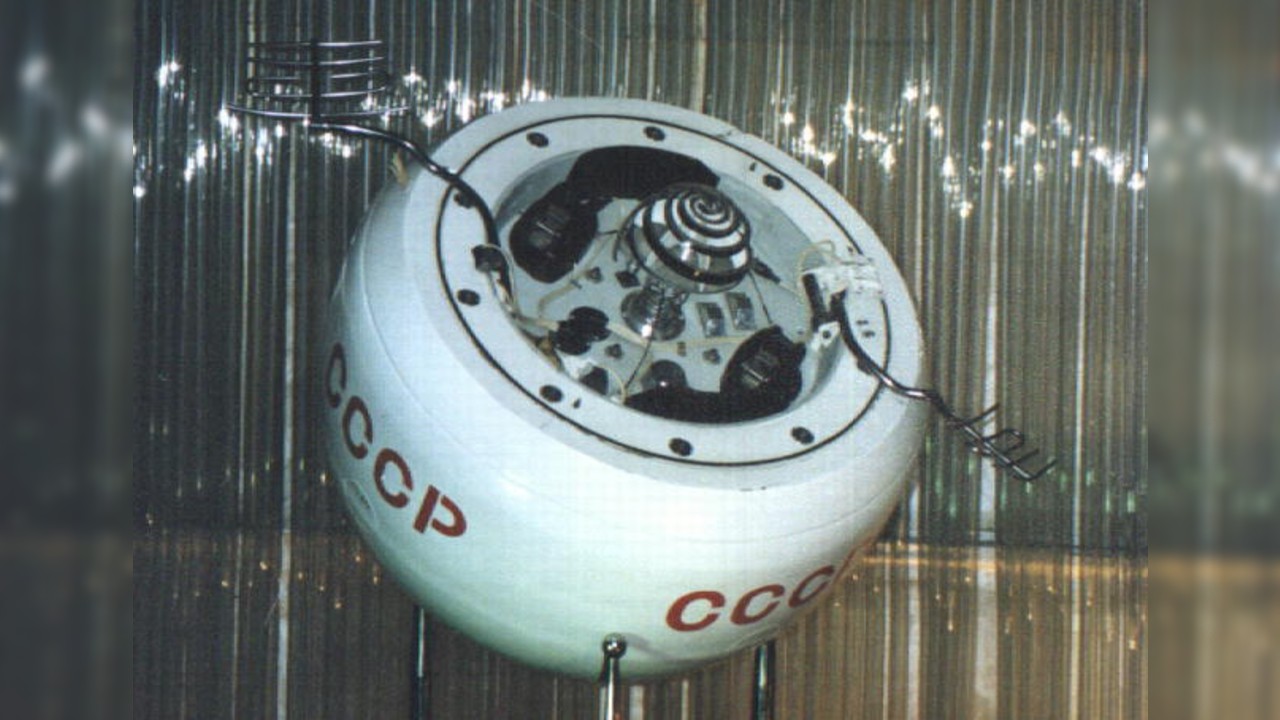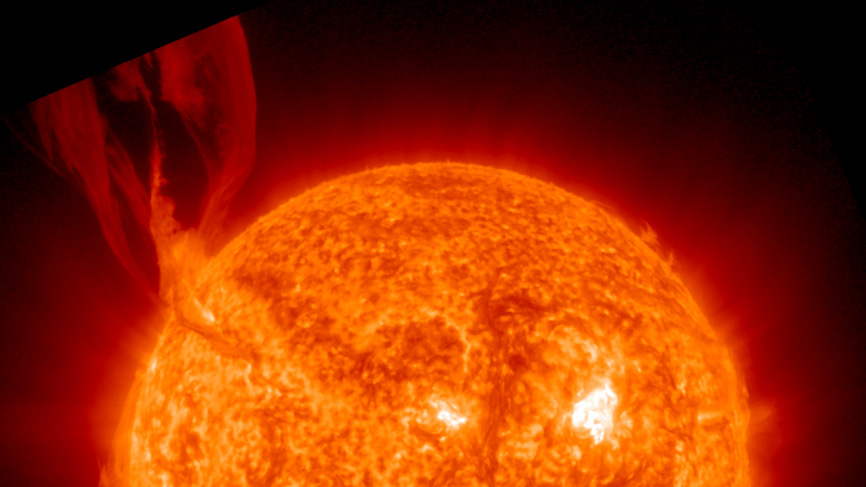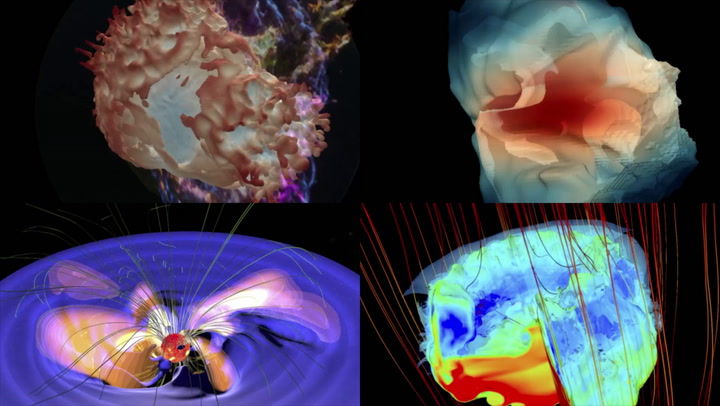Chelyabinsk-Like Asteroid Gets Incinerated in Supercomputer Simulation (Video)
When a small asteroid fell to Earth over the city of Chelyabinsk, Russia, in 2013, the speeding space rock exploded midair and created a shock wave powerful enough to damage thousands of buildings and injure more than 1,200 people. The blast from the Chelyabinsk explosion shattered glass windows up to 58 miles (93 kilometers) away.
Just in time for Asteroid Day (June 30), NASA's Planetary Defense Coordination Office has released a supercomputer simulation of a Chelyabinsk-like asteroid burning up in Earth's atmosphere. Simulations such as this one "help first responders and other agencies to identify and make better informed decisions for how best to defend against life-threatening asteroid events," NASA officials said in a statement.
Using the Pleiades supercomputer at NASA's Ames Research Facility in California's Silicon Valley, researchers are modeling hypothetical asteroid-impact scenarios like this one to learn more about how dangerous space rocks crumble into pieces after entering Earth's atmosphere. These supercomputer simulations harness NASA's Cart3D aerodynamic design software and the ALE3D modeling software developed by Lawrence Livermore National Lab. [Gallery: Chelyabinsk Explosion of 2013]
"The NASA team was able to run large-scale simulations of the Chelyabinsk asteroid event on Pleiades to produce many impact scenarios quickly, because Cart3D is dozens of times faster than typical 3-D numerical modeling used for aerodynamic analysis," NASA officials said in the statement. "The detailed simulations allowed the team to model the fluid flow that occurs when asteroids melt and vaporize as they break up in the atmosphere."
Experts with the Asteroid Threat Assessment Project at NASA's Ames Research Facility share this research with universities, national labs and government agencies around the world to help people come up with plans for dealing with the threat of asteroid impacts.
Learn more about the Chelyabinsk event from the Science@NASA video series:
Editor's Note: Space.com senior producer Steve Spaleta contributed to this report.
Get the Space.com Newsletter
Breaking space news, the latest updates on rocket launches, skywatching events and more!
Email Hanneke Weitering at hweitering@space.com or follow her @hannekescience. Follow us @Spacedotcom, Facebook and Google+. Original article on Space.com.
Join our Space Forums to keep talking space on the latest missions, night sky and more! And if you have a news tip, correction or comment, let us know at: community@space.com.

Hanneke Weitering is a multimedia journalist in the Pacific Northwest reporting on the future of aviation at FutureFlight.aero and Aviation International News and was previously the Editor for Spaceflight and Astronomy news here at Space.com. As an editor with over 10 years of experience in science journalism she has previously written for Scholastic Classroom Magazines, MedPage Today and The Joint Institute for Computational Sciences at Oak Ridge National Laboratory. After studying physics at the University of Tennessee in her hometown of Knoxville, she earned her graduate degree in Science, Health and Environmental Reporting (SHERP) from New York University. Hanneke joined the Space.com team in 2016 as a staff writer and producer, covering topics including spaceflight and astronomy. She currently lives in Seattle, home of the Space Needle, with her cat and two snakes. In her spare time, Hanneke enjoys exploring the Rocky Mountains, basking in nature and looking for dark skies to gaze at the cosmos.

